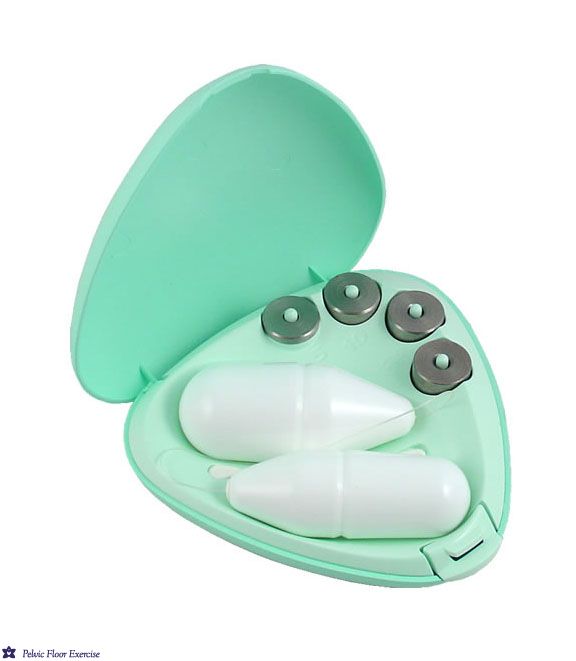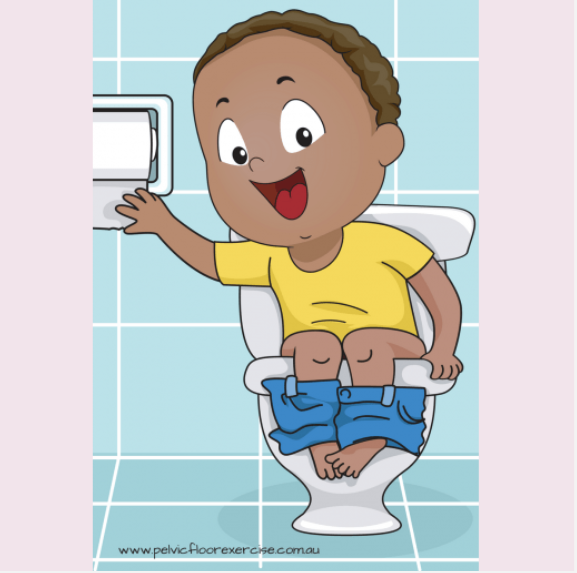IT’S ALL IN THE CO-ORDINATION
Last time we talked about the importance of the pelvic floor muscles and their role in supporting the pelvic organs and helping to prevent or reduce pelvic organ prolapse.
This can’t happen without a little help from the pelvic floor’s friends – the other core muscles. “The core” is often quite misunderstood. Physiotherapists often see people who are very sure they are doing the correct action.
I can do 100 crunches!! how can I be doing it wrong?’ This is because it is not all about the rectus abdominus (RA or 6 pack ) RA is the big muscle on the outside, the one many believe will give them a flat tummy – the sucking the belly button to the spine in muscle. Problem is, when you do this the RA is such a strong muscle, it creates lots of internal pressure which pushes down in the abdomen, onto the pelvic floor and if your pelvic floor isn’t strong enough ,or quick enough, to respond then that pressure will force the pelvic organs and muscles downwards in their sling of elastic tissue.
Our elastic tissue is very stretchy and strong, but just like the elastic in your knickers, will gradually lose its ability to recover over time (that’s when your knickers keep falling down and it’s time to buy some new ones …but unfortunately we can’t buy a new pelvic floor!)
Imagine doing this 100 times in a row – every day – and then expecting your pelvic floor to support you upright the whole day, stop you leaking AND provide a bit of excitement in bed at night.
Let’s look at the FOUR MAIN FUNCTIONS of the pelvic floor.
- SUPPORT THE PELVIC ORGANS – the pelvic floor is actually a whole group of muscles and fascial or elastic tissue. It is not just one muscle shaped like a sling as depicted in many diagrams you will see. Whilst the whole complex looks like a hammock running from your tailbone through to your pubic bone it is actually several layers and all the little muscles have to work as a team to tighten the pelvic floor hammock effectively.
- KEEP YOU DRY AND CLEAN – by tightening around the sphincters of the bladder and bowel, the pelvic floor muscles help these sphincters to stay closed under load or pressure (cough,sneeze,lifting etc). If they can’t counteract the pressure then something has to give – and you will leak urine, wind or bowel contents.
- SEXUAL SENSATION – the pelvic floor muscles play an integral role in orgasm for both men and women. The better your muscles, the better your orgasm sensation will be. This has a lot to do with not only muscle contractions but blood flow to the area.
- PART OF THE CORE MUSCLE SYSTEM - also described as your internal muscle corset. Let’s look closer at this function as it goes a long way to helping you gain that flat tummy but safely and correctly. Your core muscles stabilise the spine and pelvis, providing support to allow the ‘moving’ muscles to do their job of moving you.
CORE – think of an apple – the core is in the middle or deepest part. Your CORE muscles are your deepest layer of muscle, their job is to support and stabilise you whilst the outer layers do their job of moving you.
These CORE MUSCLES are like a corset or cylinder and are :
the pelvic floor – so named because they are the floor of the cylinder
transversus abdominus – deep abdominal – the tummy flattening muscle or wall of the cylinder
the diaphragm -the breathing muscle or lid of the cylinder
the multifidus – small muscles which sit right beside the vertebrae in the back – think of them as the ones which button up the corset.
These muscle groups work as a team. They are designed to tighten in unison, contain pressure in the tummy which provides stiffness or stability to the spine pelvis and pelvic organs and allows the outer layers of ‘moving’ muscles to work more effectively.
If one of the team is weak or doesn’t respond to the call to duty quickly enough, the pressure created e.g lifting your washing basket, won’t be contained and will escape – usually down through the pelvic floor as it is often the most weakened of the cylinder- a bit like a pressure cooker releasing. Hence you lose the spinal and pelvic support and the pressure ‘escaping’ stretches downwards against the pelvic organs.
An effective CORE or CORSETTING action should happen automatically a split second before the moving muscles activate. Your brain is pre-programmed to do this but sometimes a bug or virus gets into the brain’s software (pregnancy, low back pain, repeated poor postures, straining on the loo – this list goes on) and this alters the way the program works from the brain. You start to compensate and use other muscles in an effort to replicate the original program and the brain becomes re-programmed. It is similar to someone limping by habit long after their ankle sprain has healed.
SO sometimes we have to re-train or re-program the brain to remember how to do a proper core contraction and make sure you do it PRIOR to and hold DURING any activity that creates pressure within the tummy – cough ,sneeze, lift, movements in exercise class/gym/pilates. Done correctly, it will soon become a muscle memory again and happen automatically.
So have a think about your core, where it is , how it works and especially how YOU need it to work for you. Do you do a lot of lifting? gym workouts? coughing? straining on the loo? sit in a poor posture at your desk all day? slump as you walk around? You may need to look at how you are doing all of this and how a better core will make it easier as well as reducing pain and strain.
….and next time we will look at how to do a correct core contraction which is also how to do a correct pelvic floor contraction!
Remember – think core : think deep and gentle not shallow and hard.Remember – think core : think deep and gentle not shallow and hard.
For further resources on this topic have a look at our BOOK and DVD sections of the website.





